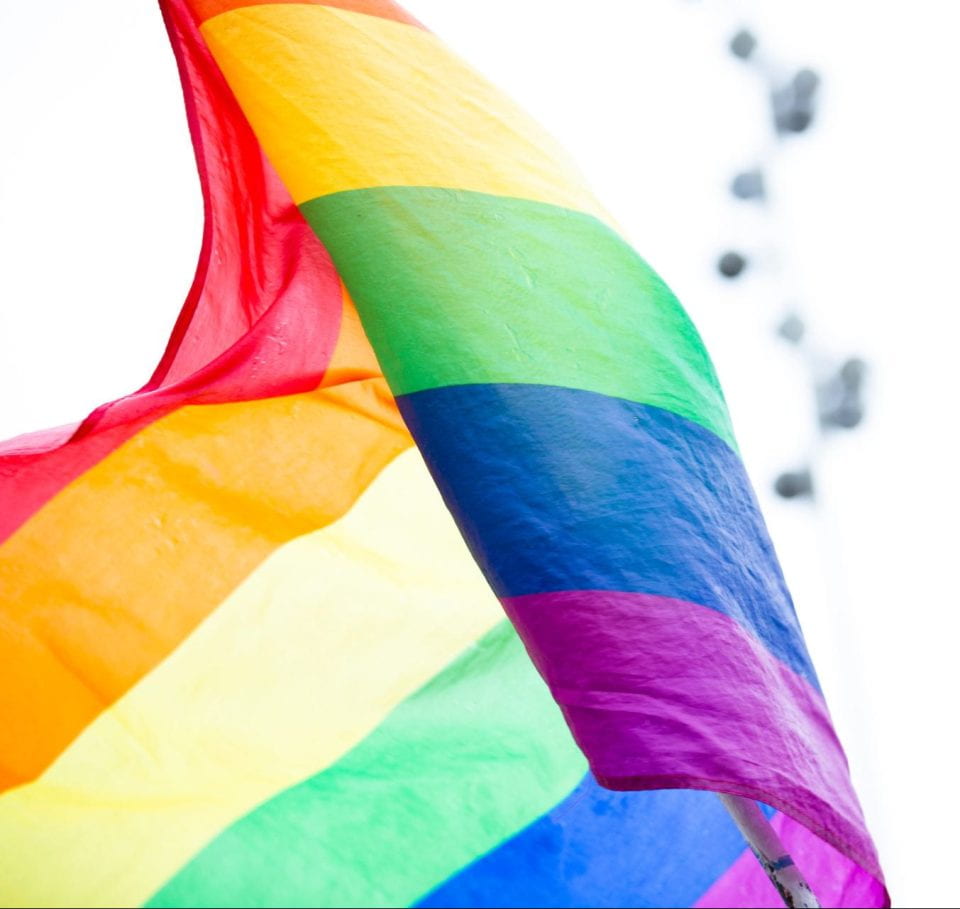Many people are aware that June is LGBTQ Pride Month in the United States. But the community’s history is also recognized in October during LGBTQ History Month. This month began in 1994 when Rodney Wilson, a high school history teacher in Missouri, noticed a lack of LGBTQ representation in the curriculum. To address this gap, Wilson drafted a proposal and shared it with national organizations such as the Human Rights Campaign. Wilson worked with other historians and community organizers to ensure that LGBTQ History Month was nationally recognized.
Wilson envisioned LGBTQ History Month becoming part of a school’s curriculum. This meant that he needed to consider the standard academic schedule when selecting when to honor LGBTQ History Month. October was selected because it did not overlap with other cultural or historical awareness months such as Hispanic Heritage Month (September) or Black History Month (February). October also had historical significance to the LGBTQ community in the United States. “The first March on Washington for Lesbian and Gay Rights in 1979 was in October. The second March on Washington in 1987 was also in October, specifically October 11–a date that would make the inaugural National Coming out Day the following year.” (Agassi, 2023)
For these reasons, October became LGBTQ History Month in the United States.
The 1979 & 1987 March on Washington for Lesbian and Gay Rights:
Similar to the Stonewall riots and protests in 1969, the 1979 and 1987 March on Washington for Lesbian and Gay Rights were two events that drew attention to the discrimination the LGBTQ community faced. During both marches, community advocates listed their demands that would protect people regardless of their sexual orientation or gender.
The 1979 march was inspired by the 1963 March on Washington where Dr. Martin Luther King, Jr gave his ‘I Have A Dream’ speech. Openly gay San Francisco Supervisor Harvey Milk pushed for a similar march for LGBTQ people. Unfortunately Milk was assassinated before his idea could become reality. Two New York based activists, Steve Ault and Joyce Hunter, moved forward with Milk’s vision. (Chibbaro Jr., 2017). The 1979 march drew national attention as thousands of people came to DC to protest and share their demands for an equitable society.
“A five-point platform for the march called for passage by Congress of a “comprehensive” lesbian and gay civil rights bill; a presidential executive order banning discrimination based on sexual orientation in the federal workplace, the military, federally contracted private employers; repeal of all ant-gay/lesbian laws; an end to discrimination in child custody disputes for gay and lesbian parents; and protections for gay and lesbian youth against discrimination at home or in schools.” (Chibbaro Jr., 2017)Several years later, the 1987 march took place in October and the group of marchers had similar demands as the one made in 1979. This march also focused on the impact of AIDS on the LGBTQ community and discriminatory laws. “Items added to the platform beyond those included for the 1979 march included a call for legal recognition of lesbian and gay relationships; repeal of sodomy laws applying to consenting adults; an end to discrimination against people with HIV/AIDS; reproductive freedom for women; and an end to racism in the U.S. and an end to apartheid in South Africa.” (Chibbaro Jr., 2017) The AIDS Memorial Quilt was displayed for the first time on the National Mall during the march. This NBC News report provides a historical view of the 1987 march and press coverage. Additionally, there is an original recording of the 1979 March and other resources available to the public.
While Pride Month celebrates the accomplishments of the LGBTQ civil rights movement, LGBTQ History Month serves as a time to reflect on the history of the community and remind people of the hard work from activists and other historical figures. Rodney Wilson if believes it is vital to look to history and that history has a way to make people feel less lonely or uncertain about their lives. “For Wilson, history at its core is mystical, particularly “about this continuing conversation with the dead, and with the events that they worked on and completed in their lifetimes–some of which are still with us, and some aren’t. There’s a real mystical communion between the past, the present and the future in studying our history.”” (Agassi, 2023)
References:
- Agassi, D. (2023, October 2). Meet Rodney Wilson, the gay teacher who championed National LGBTQ History Month. AL.com. https://www.al.com/reckon/2023/10/meet-rodney-wilson-the-gay-teacher-who-championed-national-lgbtq-history-month.html
- Chibbaro Jr., L. (2017, June 11). Our history of marching on Washington. Washington Blade. https://www.washingtonblade.com/2017/06/11/history-marching-washington/
- Lee, J.M. (2021, June 1). Why do we celebrate Pride month in June and LGBT History month in October?. UCF Today. https://www.ucf.edu/news/why-do-we-celebrate-pride-month-in-june-and-lgbt-history-month-in-october/



